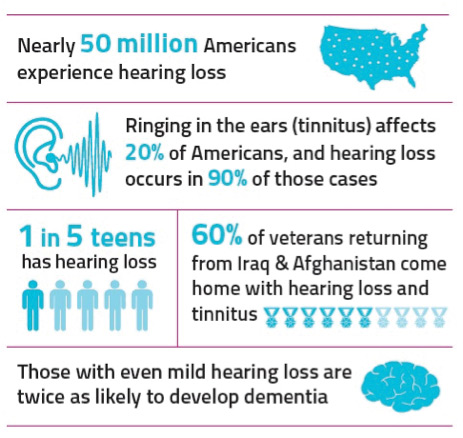Enhancing Understanding: Resolving Auditory Processing Issues In Dyslexia
Enhancing Understanding: Resolving Auditory Processing Issues In Dyslexia
Blog Article
Material Written By-Harrington Sykes
When you think about the difficulties that dyslexic students face, it's clear that auditory handling concerns often play a substantial role. You might question just how tailored methods can bridge the gap in between auditory directions and comprehension. By incorporating visual help and breaking tasks into convenient actions, you could improve emphasis and understanding. Nevertheless, the services do not quit there. What special needs test can produce a really encouraging discovering setting that fosters success and confidence?
Recognizing Dyslexia and Auditory Handling
Dyslexia impacts approximately 1 in 5 individuals, making it one of one of the most usual learning impairment. If you're browsing dyslexia, you could find that it does not simply influence analysis and writing; it can also affect just how you process auditory information.
Acoustic handling describes how your mind translates noises, including language. When you struggle with this, it can result in difficulties in recognizing spoken instructions and complying with conversations.
You may observe that you commonly misunderstand what you listen to or that it takes longer for you to respond in discussions. This isn't a reflection of your intelligence; it's a particular trouble related to processing acoustic signals.
Recognizing this connection is crucial because it aids clarify why you might excel in visual jobs while dealing with hurdles in jobs that count on auditory understanding.
Identifying these challenges can empower you. By recognizing the details of dyslexia and auditory processing, you can much better advocate for your demands, whether in educational settings or social circumstances.
It's important to recognize these issues so you can seek the best assistance and methods in the future.
Reliable Techniques for Support
Navigating the obstacles of acoustic processing can feel overwhelming, yet there are effective strategies that can help you grow.
By applying these strategies, you can boost your learning experience and improve your ability to procedure acoustic information.
- ** Use visual aids **: Matching auditory directions with aesthetic supports, like graphes or diagrams, can significantly improve understanding.
- ** Damage jobs into smaller sized steps **: Streamlining directions into manageable chunks enables you to concentrate and refine info better.
- ** Exercise energetic paying attention **: Participate in workouts that urge you to pay attention diligently, such as summarizing what you've listened to or asking concerns for information.
- ** Include modern technology **: Use apps or software program designed to assist with acoustic handling, such as speech-to-text tools or audiobooks, to strengthen knowing.
Creating Supportive Knowing Atmospheres
Producing an encouraging learning setting is vital for helping people with auditory processing obstacles are successful. Begin by lessening disturbances in your classroom or learning area. Use acoustic panels or soft furnishings to take in noise, which can assist trainees concentrate better. Ensure seating plans permit clear sightlines to the instructor and any aesthetic help.
Next off, integrate clear and concise communication. Talk slowly and use simple language, checking for understanding frequently. Encourage pupils to ask concerns if they're uncertain. Aesthetic aids like graphes, layouts, and composed directions can improve understanding and retention.
In addition, foster a culture of perseverance and understanding amongst peers. Show pupils about acoustic processing problems, promoting compassion and support. Group activities can be valuable; just make sure that duties are clear and that trainees interact to sustain each other.
Finally, provide normal comments. Celebrate progress and achievements, regardless of just how little. This inspiration develops confidence and strengthens the concept that understanding is a trip.
Final thought
In your trip to enhance finding out for people with dyslexia, think about each approach as a tipping rock across a river. By weaving together auditory and visual help, damaging jobs into bite-sized pieces, and supporting a supportive environment, you help develop a bridge to understanding. Bear in mind, fostering empathy amongst peers and appealing family members can light the course to success. With persistence and commitment, you'll empower students to soar above obstacles, transforming their struggles into toughness.
